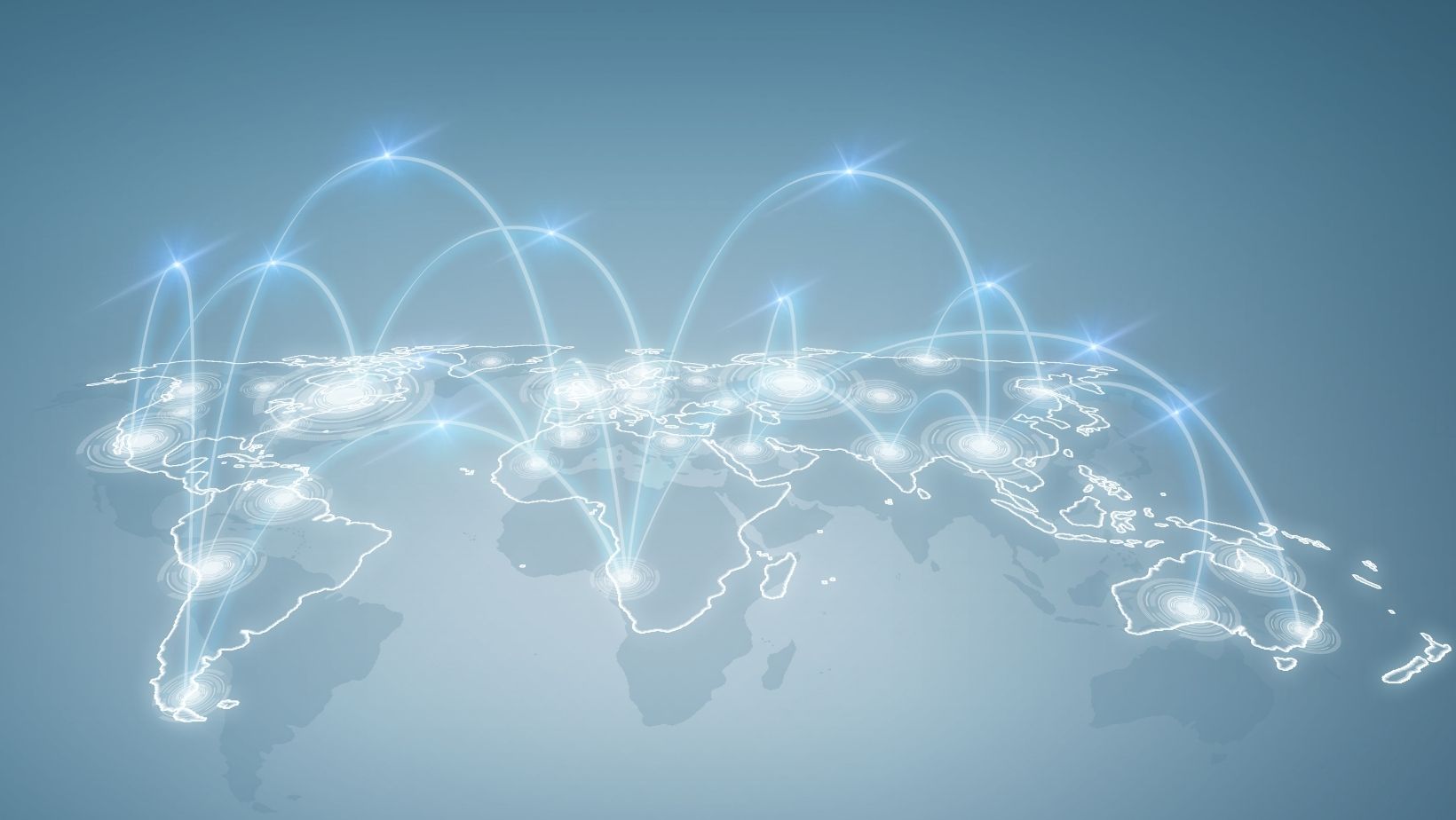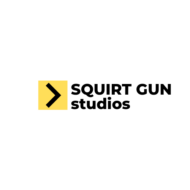The promise of more is everywhere today. We hear about more apps, more notifications, and more content. This is pushed in our always-connected online world. Screens are taking over our lives. We scroll mindlessly through social media feeds. We are also bombarded by digital noise from every side. However, a quiet revolution known as digital minimalism is gaining pace among this digital deluge. Many people want balance and control over their digital use. They often enjoy digital platforms, like playing https://www.woocasino.com/games/slots, but seek healthier habits.
The goal of digital minimalism is not to completely give up on technology. Instead, it’s about using technology with purpose. It doesn’t pull you into endless distractions. Instead, it encourages a focused approach. The digital tools you use should support your values and goals. It’s really a lifestyle change. In our connected world, it promotes clarity, boosts productivity, and brings peace of mind.
The broader minimalist ideology, which advocates getting rid of extraneous things to make room for what really matters, is where digital minimalism got its start. The same reasoning applies to your gadgets, apps, and internet usage in the digital equivalent. It promotes challenging inquiries, such as: Does this app improve my quality of life? Does this relationship help me reach my long-term goals? Or is it just a temporary fix?

Burnout is one of the main causes of this trend. The line between personal and professional time has blurred. More people now work from home and spend extra time on their computers. After-hours emails, Slack messages, and endless Zoom calls make it hard to unplug and refuel. Stress, anxiety, and a sense of mental disarray are caused by this “always-on” culture. A solution is provided by digital minimalism, which emphasizes depth over breadth and returns to deliberate use.
Growing awareness of data privacy and the manipulation inherent in many apps is another factor driving digital simplicity. By using algorithms to keep people interested for as long as possible, tech companies create platforms that are addictive. The algorithm is further locked into a loop with each tap, like, and view. By encouraging users to regain their independence, minimalism interrupts that loop. Digital minimalists set up their digital spaces to cut out distractions. They aim to reduce their need for constant stimulation, instead of reacting to every notification.
It’s interesting to note that people are looking for more thoughtful experiences in the entertainment industry. Users are finding great benefits in being intentional. They set aside time for screen-free periods, read digital books without notifications, or play quick games during breaks. The intention is to prevent digital enjoyment from becoming obsessive or overwhelming, not to eradicate it.
Digital simplicity can be easily implemented while still having a significant impact. Begin by tidying up your digital space. Delete apps you don’t use. Unsubscribe from email lists. Set rules, like having screen-free hours or no-phone zones. To lessen the appeal of your screen, you might also try adopting grayscale mode, shutting off unnecessary notifications, or turning off auto-play. You can clear your mind and recover focus by making these minor adjustments.

Additionally, minimalism frequently results in a rediscovering of offline joys, such as taking a walk without a phone, reading a book without interruptions, and holding conversations without interruptions. These once-routine activities now seem like indulgences. Many people learn how much they’ve been lost to digital noise when they rediscover them.
Digital simplicity does not imply anti-technology sentiment. Rather, the goal is to match your personal ideals with your digital existence. It’s choosing meaning over mindlessness, depth over distraction. This attitude is no longer a fringe concept as more individuals become aware of the emotional and mental costs of continual contact. In an overstimulated environment, it’s turning into a survival tool.
Making the decision to disconnect, at least partially, is a bold act of self-care in a culture that glorifies being “plugged in” all the time. The goal of digital minimalism is to do better, not less. And when this movement picks up steam, it becomes evident that sometimes, really, less is more.

